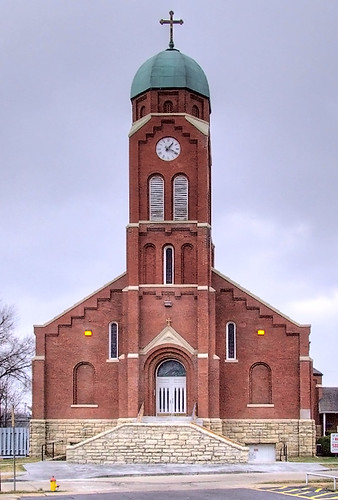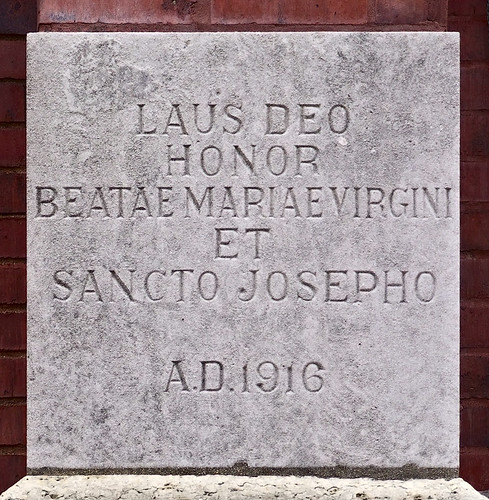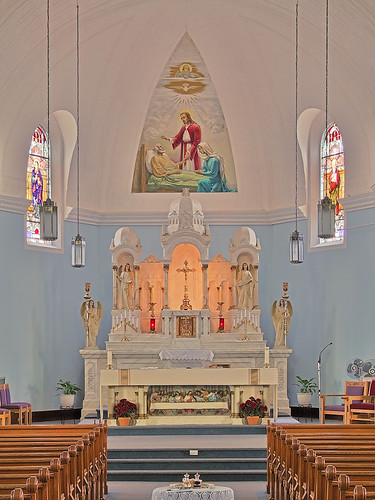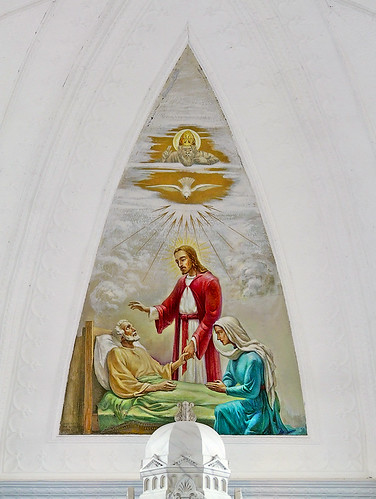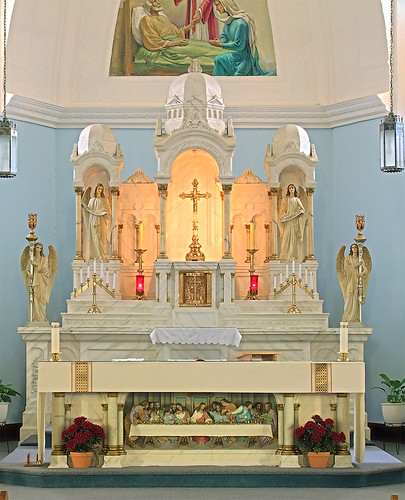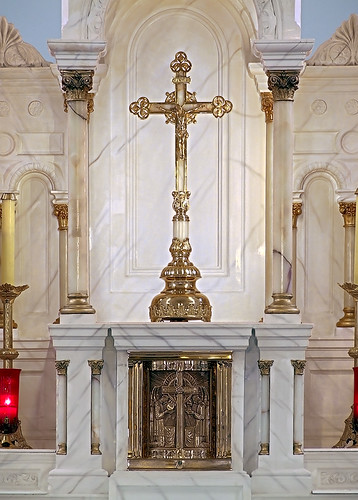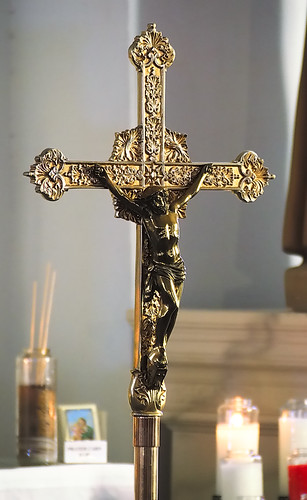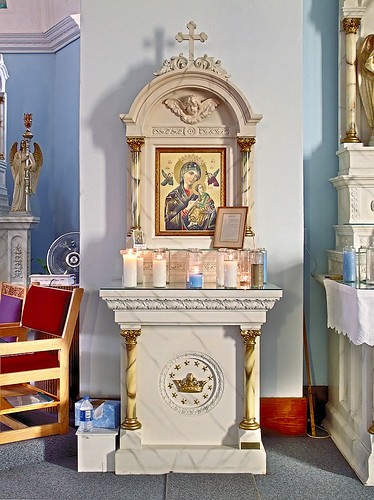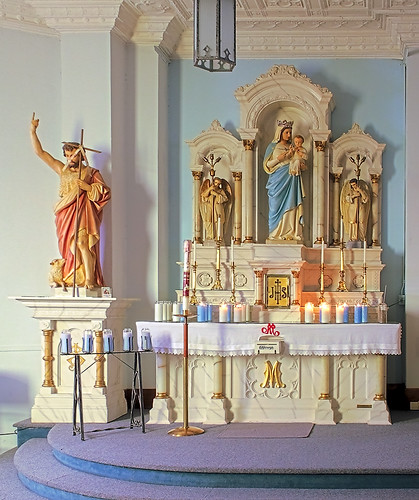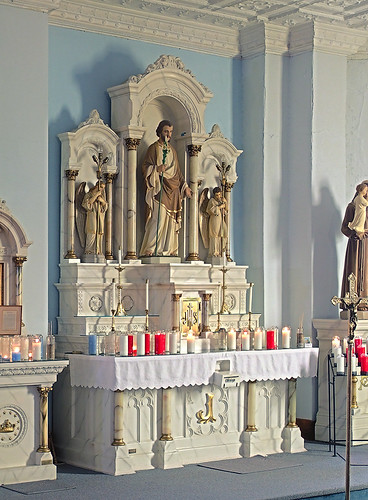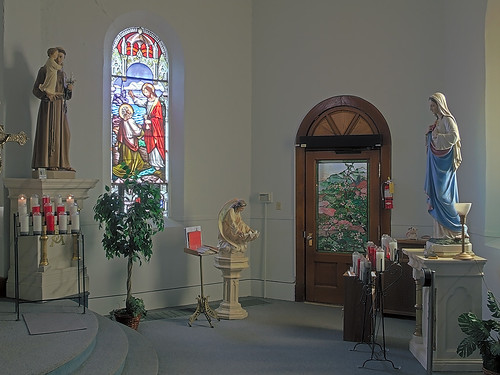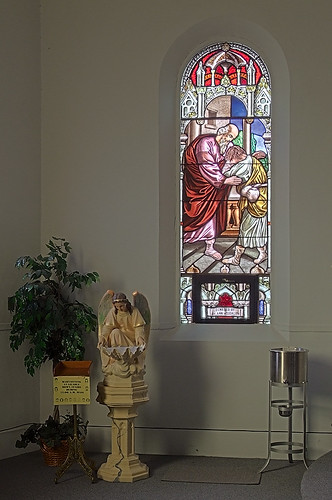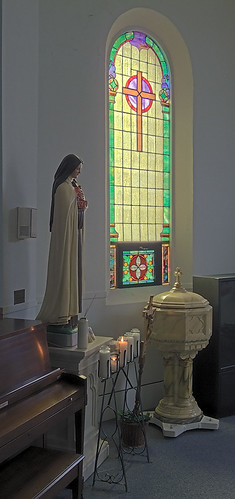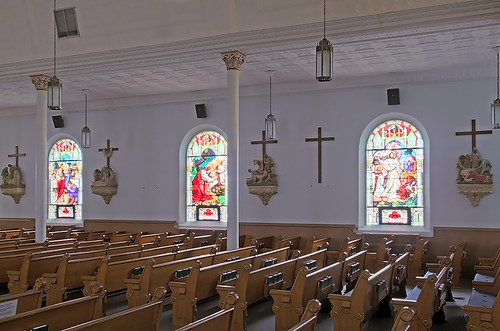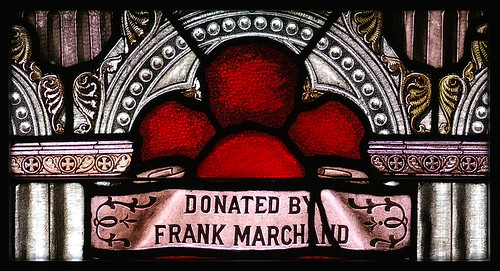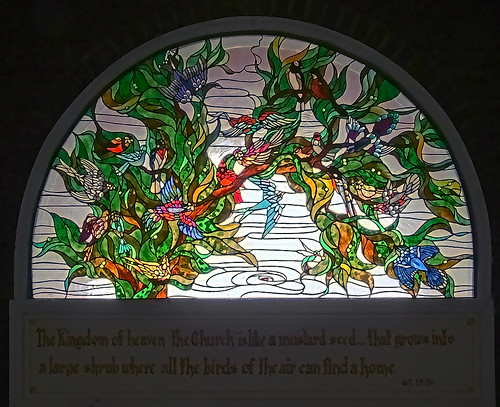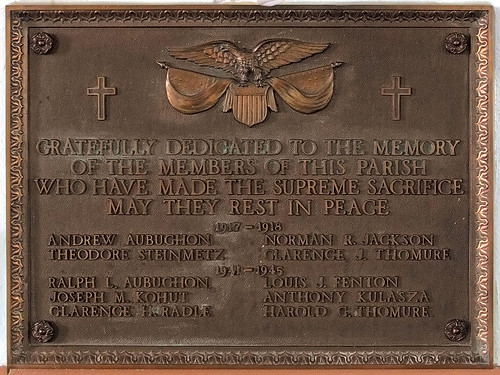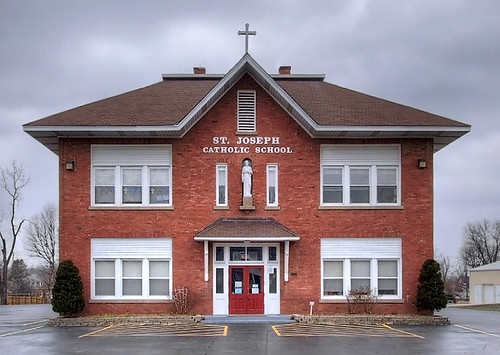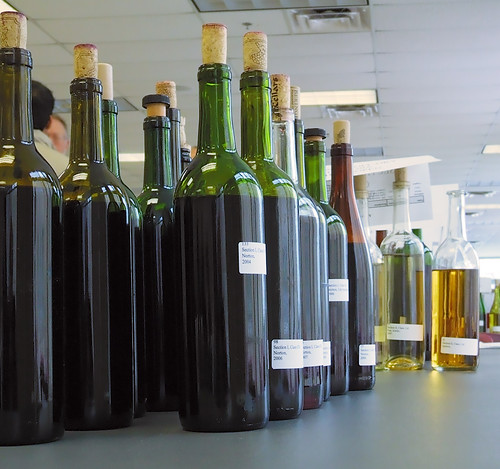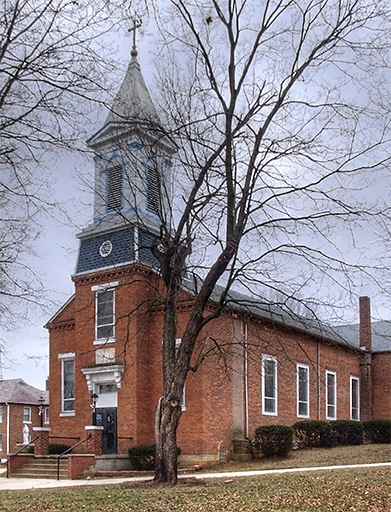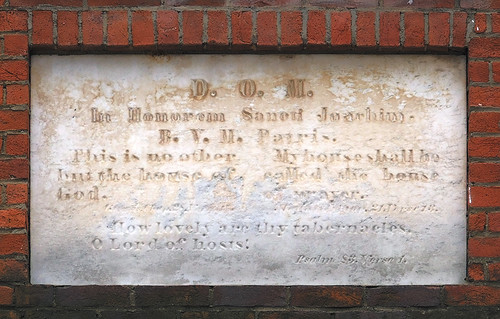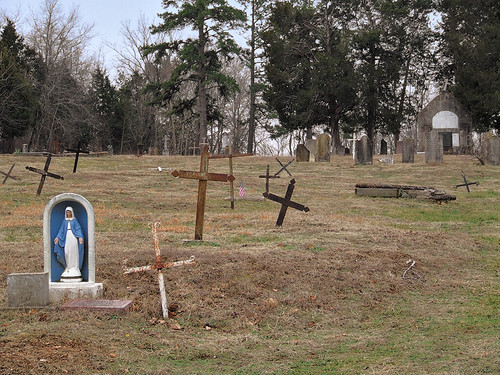Saint Francis de Sales Oratory
2653 Ohio Avenue
Saint Louis, Missouri 63118
www.institute-christ-king.org
314-771-3100
March 28, 2008
Email newsletter contains information about:
Lenten Retreat 2008
Holy Week
Easter schedule
Dear Faithful and Friends of St. Francis de Sales Oratory,
As you have seen in the Bulletin announcements, we are co-hosting our traditional Lenten retreat with Credo of the Catholic Laity next weekend on Friday afternoon, March 7, and all day Saturday, March 8.
We are especially honored to have our beloved Archbishop, His Grace, The Most Reverend Raymond L. Burke, conduct solemn benediction of the Blessed Sacrament and present a conference at this retreat. The Vicar General and American Provincial for the Institute, the Very Rev. Monsignor R. Michael Schmitz, will also be with us and will conclude the retreat with a conference.
The first day of the retreat, Friday March 7, also is the feast of St. Thomas Aquinas, one of the patrons of our institute. We are very grateful that the Very Rev. Michael Monshau O.P., Prior of St. Louis’s Dominican Priory, will introduce us to the spiritual fruits of the teachings of the Angelic Doctor.
Here is a detailed schedule of the retreat for your reference:
Friday, March 7:
1:30 p.m. Opening prayer and first conference by Rev. Michael Monshau, O.P. (Hall)
2:30 p.m. Stations of the Cross (Church)
3:30 p.m. Second conference by Father Monshau, O.P. (Hall)
4:30 p.m. Light supper (Hall)
5:30 p.m. Exposition, Adoration, Benediction and Confession (Church)
6:30 p.m. Solemn High Mass: Celebrant, Msgr. Michael Schmitz (Church)
Saturday, March 8:
9:00 a.m. Confessions, Rosary and Chaplet of Divine Mercy (Church)
10:00 a.m. Solemn Adoration and Benediction with the Archbishop (Church)
11:00 a.m. Third conference by His Grace, Archbishop Raymond L. Burke
12:00 p.m. Lunch (Hall)
1:30 p.m. Fourth conference by Msgr. Michael Schmitz (Hall)
2:45 p.m. Closing Mass (Church)
With such exceptional speakers, with the solemn liturgies of the Holy Mass, additional devotions, and with the availability of the sacrament of Confession, we believe this will be an inspiring two days of reflection and grace. Please give serious thought to attending this retreat. If your work prohibits your attending the entire retreat, try to attend what time you can. The cost is minimal for the two meals provided, and for those with families who find it difficult to pay for the entire family, the Credo group has generously offered to subsidize them.
If you plan to attend either one or both days, please print, complete, and send in the coupon below to the Oratory so that we may plan sufficient meals. We hope to see you there.
Name _____________________________ Address_______________________________________
Phone _________________________ E-mail ___________________________________________
Enclosed is my check for $________ to cover _____ adults and ______children under 12.
Forward this coupon along with your check payable to St. Francis de Sales Oratory to:
St. Francis de Sales Oratory
2653 Ohio Ave.
St. Louis, MO 63118
For more information, call either the Oratory at 314-771-3100 or Howard Brandt of Credo St. Louis at 314-894-6003.
HOLY WEEK SCHEDULE:
Sunday, March 16, Palm Sunday
7:30 a.m. – 11:30 a.m. Confessions
8:00 a.m. Mass
9:30 a.m. Blessing of the Palms and Procession Solemn High Mass
Monday, March 17, Monday of Holy Week
7:30 a.m. Confessions
8:00 a.m. Mass
6:30 p.m. Confessions
6:30 p.m. Mass
Tuesday, March 18, Tuesday of Holy Week
7:30 a.m. Confessions
8:00 a.m. Mass
6:00 p.m. Confessions
6:30 p.m. Mass at the Altar of Our Mother of Perpetual Help
Wednesday, March 19, Wednesday of Holy Week
7:30 a.m. Confessions
8:00 a.m. Mass
6:30 p.m. Confessions
6:30 p.m. Mass
Triduum Sacrum:
Thursday, March 20, Holy Thursday
5:30 p.m. Confessions
6:30 p.m. Solemn High Mass, Procession to the Repository
Followed by Adoration at the Repository until Midnight
Friday, March 21, Good Friday
8:00 a.m. Stations of the Cross and Confessions
2:00 p.m.-6:30 p.m. Confessions
3:00 p.m. Liturgy of the Passion and Death of Our Lord Jesus Christ
Followed by Adoration at the Holy Sepulcher until 8:00 p.m.
Saturday, March 22, Holy Saturday
8:00 p.m. Confessions
9:00 p.m. Easter Vigil, Solemn High Mass
At the End of the Vigil Blessing of Easter Food: Bread, Eggs…
Sunday, March 23, Easter Sunday
8:00 a.m. Low Mass with organ
10:00 a.m. Solemn High Mass
Sincerely yours,
Mr. Jon R. T. Roche`
Administrative Assistant
Institute of Christ the King Sovereign Priest
St. Francis de Sales Oratory
2653 Ohio Avenue
Saint Louis, Missouri 63118
314. 771. 3100 p
314. 771. 3295 f
www.institute-christ-king.org
